Everyone we met in Monticello told us we should visit the museum at the Edge of the Cedars State Park, so we made the trip to Blanding to check it out before leaving Utah. The two primary attractions here are the Museum and Ancestral Puebloan village. But the first thing that caught my eye were these rock art sculptures (steel and plaster by Joe Pachak, 1989). All of these figures have been found in rock art in the region.
Curled Desert Bighorn Sheep (an important clan symbol)
Vegetable Smoke Man Ant Man on Kiva Ladder
(anthropomorphic figure) (insect-like figures are common)
Figure Running through Time(figure in action found in Grand Gulch)
Flute Player (clan symbol seen Figure Having Spiritual Vision
seen from Canada to Peru, (figure holding ceremonial object
different from Kokopelli) with figure above)
The museum has the largest collection of Ancestral Puebloan pottery in the Four Corners region. And it is really impressive!
The pottery shown here were found in archeological sites identified in various locations identified on the map.
Displays of spearheads and arrowheads as well as woven items (mats, sandals, etc.) used between AD 500-1200 are very interesting.
Apparently, turkey feather blankets were a common household item for the Ancestral Puebloans. Turkeys were raised for their meat, eggs, bones, and feathers. Warp (vertical) and weft (horizontal) made of double-stranded yucca fiber yarn. Turkey feathers were stripped and wrapped around the warp while yucca fiber was used to weave them into the framework…forming a very soft, warm, lightweight and (somewhat) water repellent fabric.
And the second floor is this one-of-a-kind sash made of macaw feathers (AD 1150). The feathers are from a Scarlett Macaw found in Mexico and were highly prized. This sash is evidence that the trade network of the Ancestral Puebloans extended well beyond the local region. Buried macaws have been found in some ruins, indicating that live birds were also traded and kept. The sash is next to the Visible Storage area, where you can see pottery in the archeological research section of the museum.
Take your time in the museum because there is so much more to see! I was anxious to get outside to see the ruins. Leashed pets are permitted at the park, so we our girl, Sadie, was allowed on the path through the ruins.
This small community began as a pit house village from AD 825-950. It was abandoned for a time, but a new group of people lived here until AD 1125. It is the second group that built the great kiva, two smaller kivas, and pueblo.
The great kiva has been restored including a roof built in the traditional fashion. Of course, I had to climb down to take peak (although I have seen many of them). These were used for ceremonial activities and still are in some communities.
This Solar Marker sculpture illustrates the concepts of archeoastronomy (my new word for the day!). It is, as you would assume, the study of prehistoric cultural connections with the sun, moon, and stars. There are many examples of Puebloan rock art correlating to the movement of light and shadow of summer and winter solstice. These dates were important to planting and harvesting cycles as well as the timing to gather wild medicinal plants.
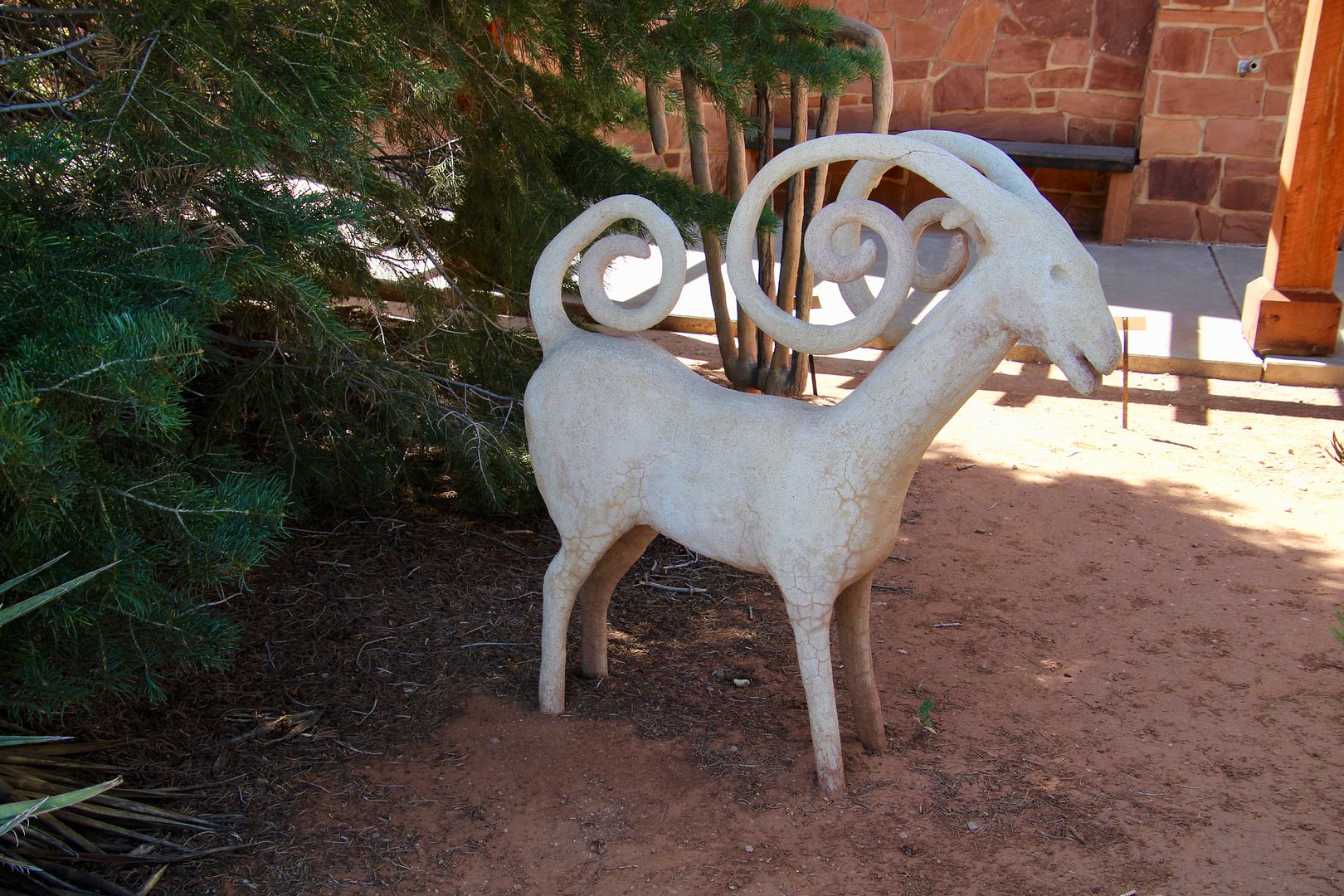

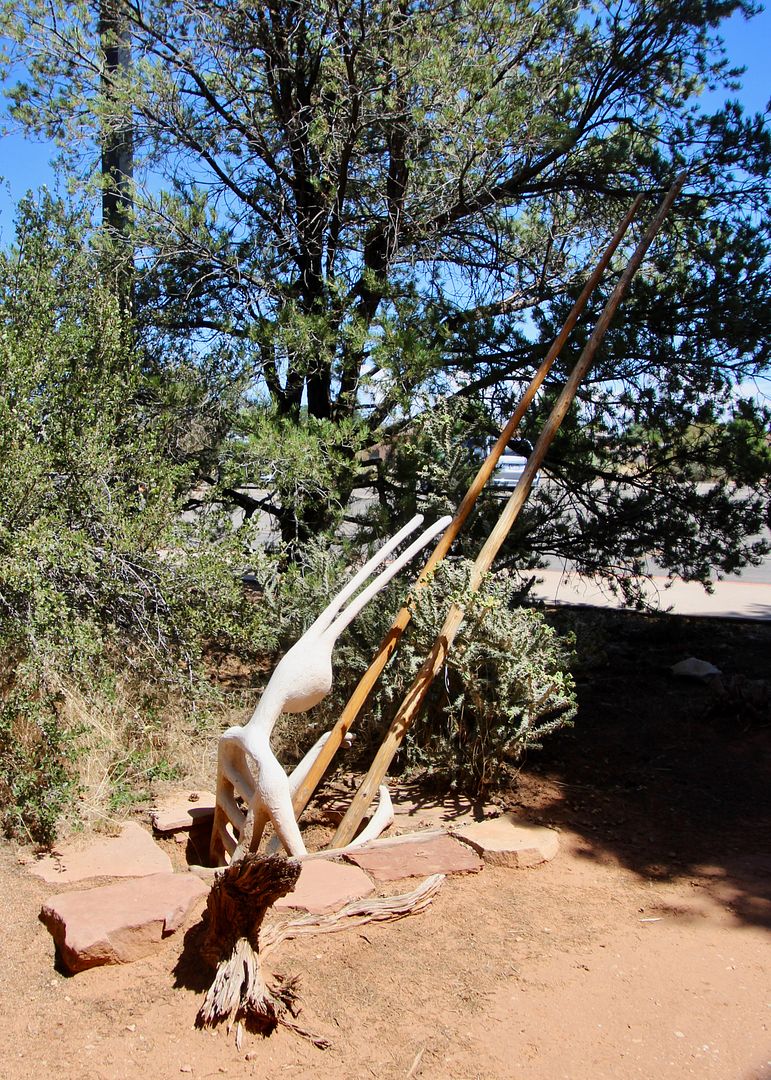
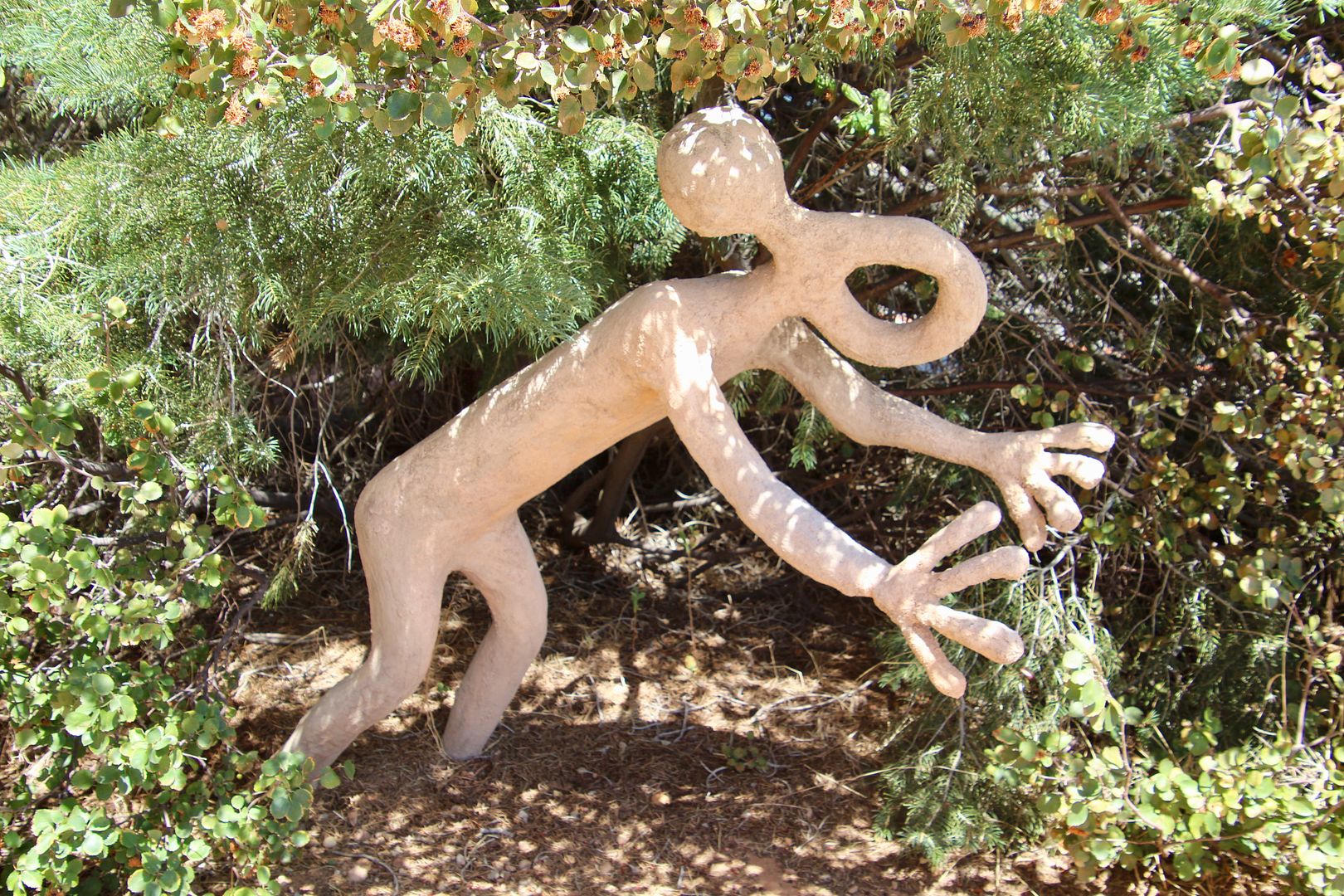
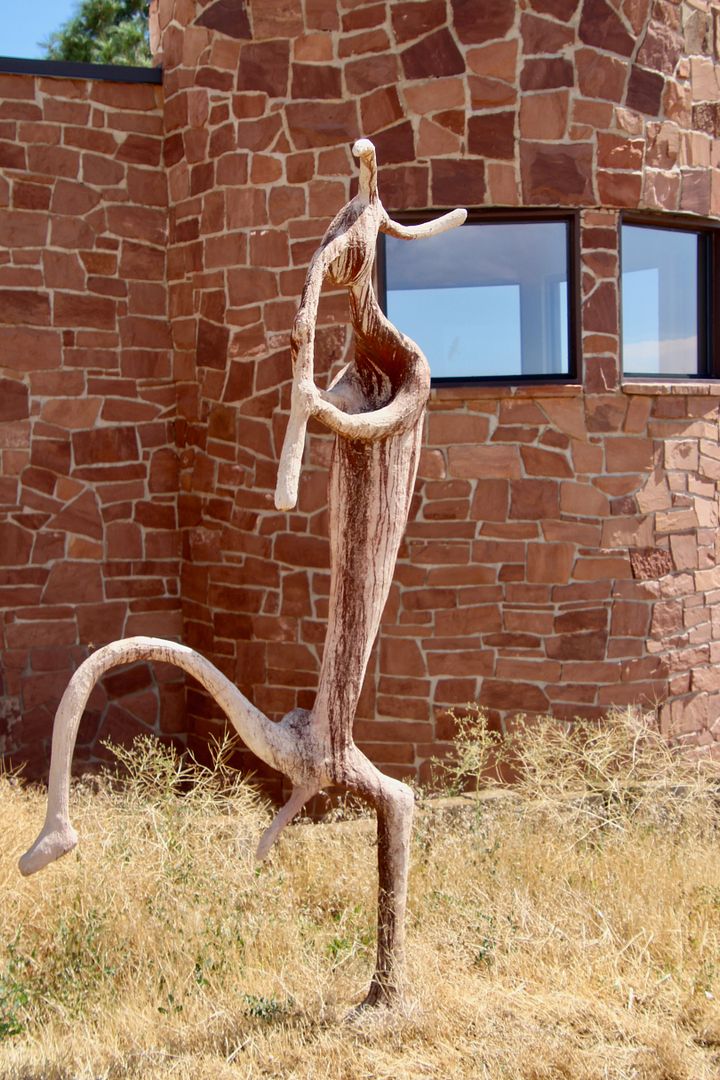
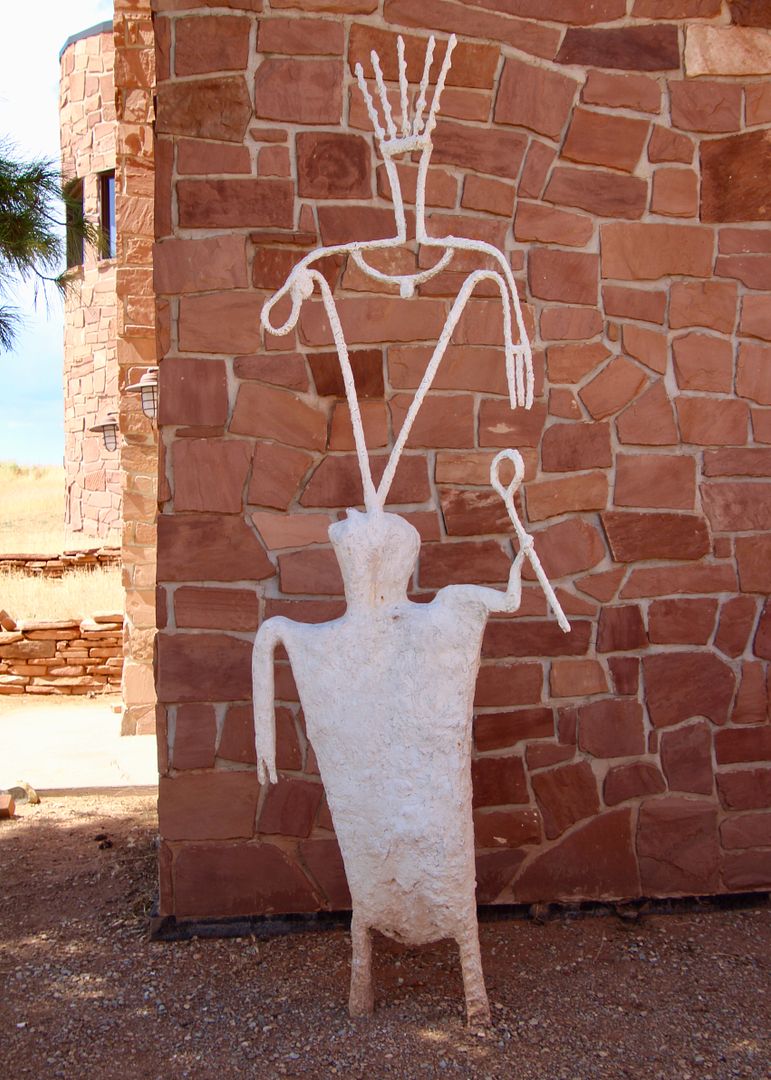
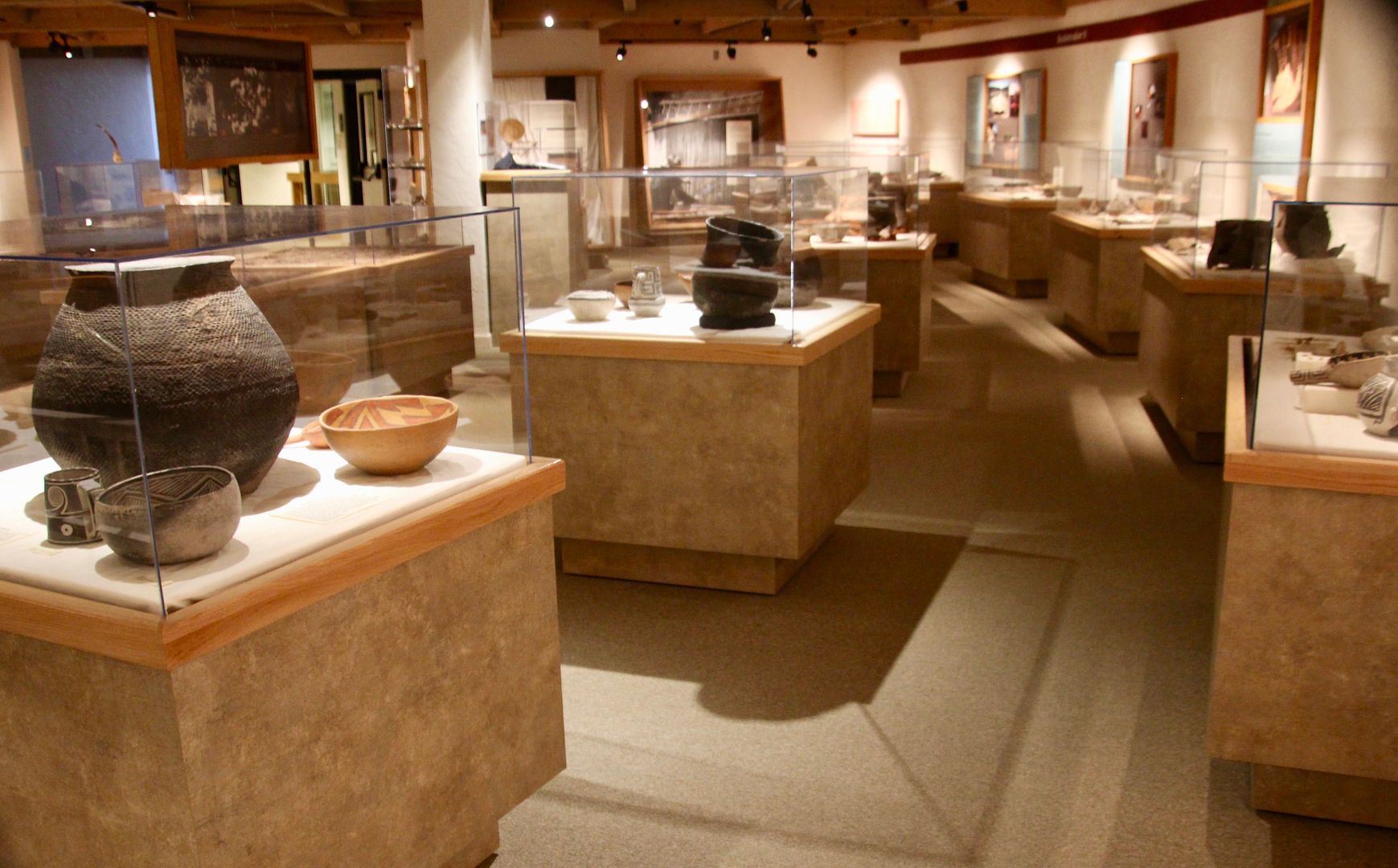
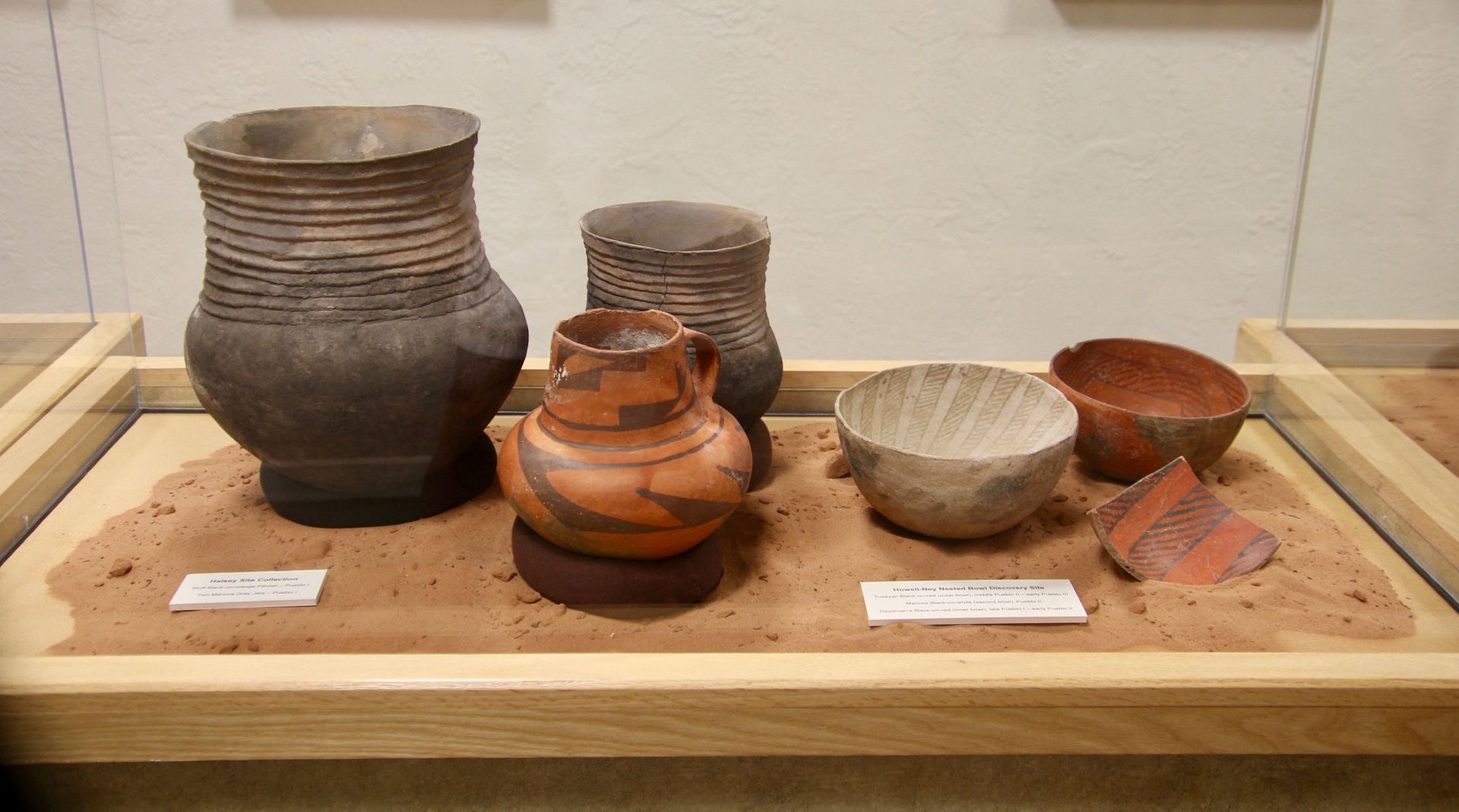
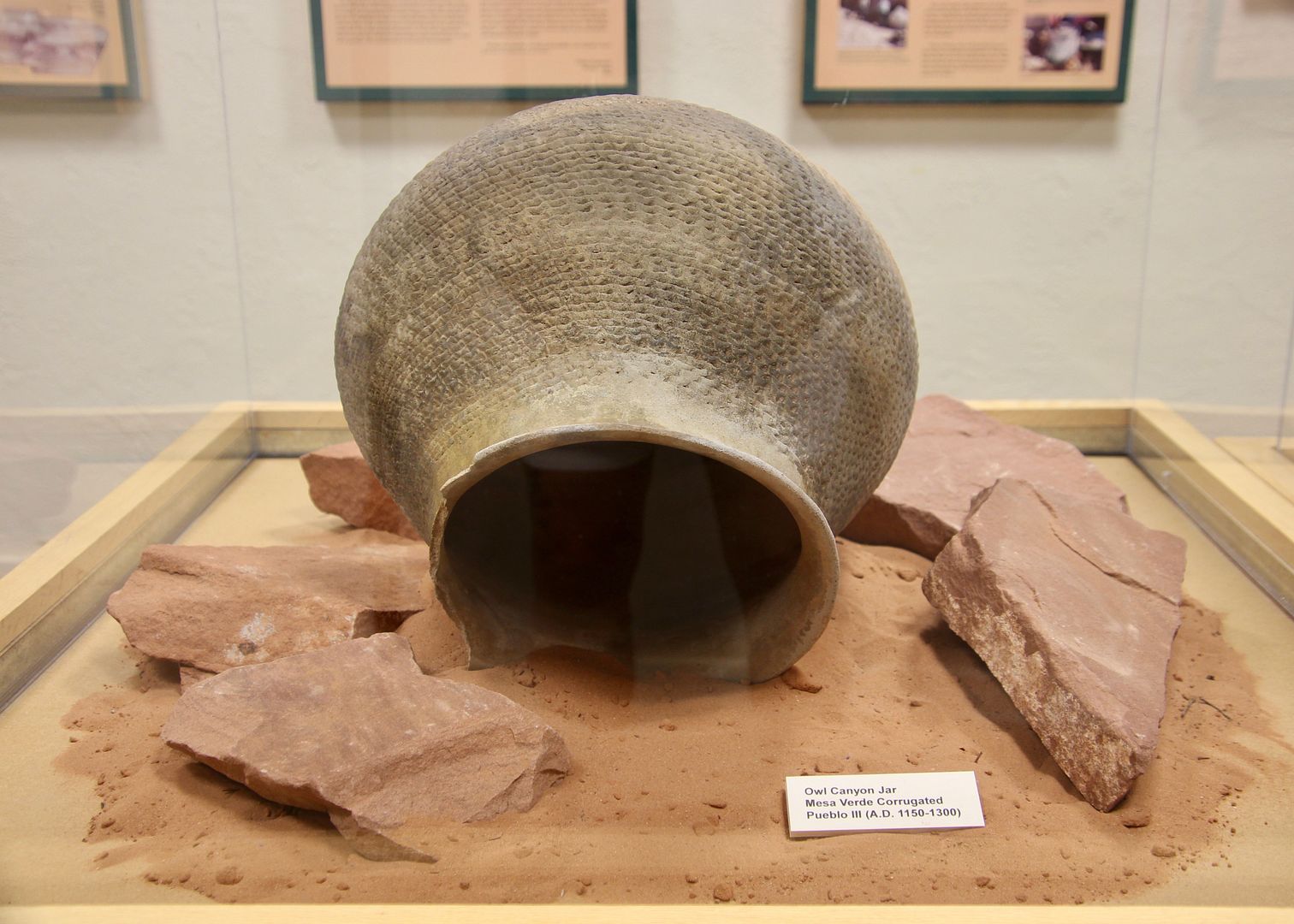
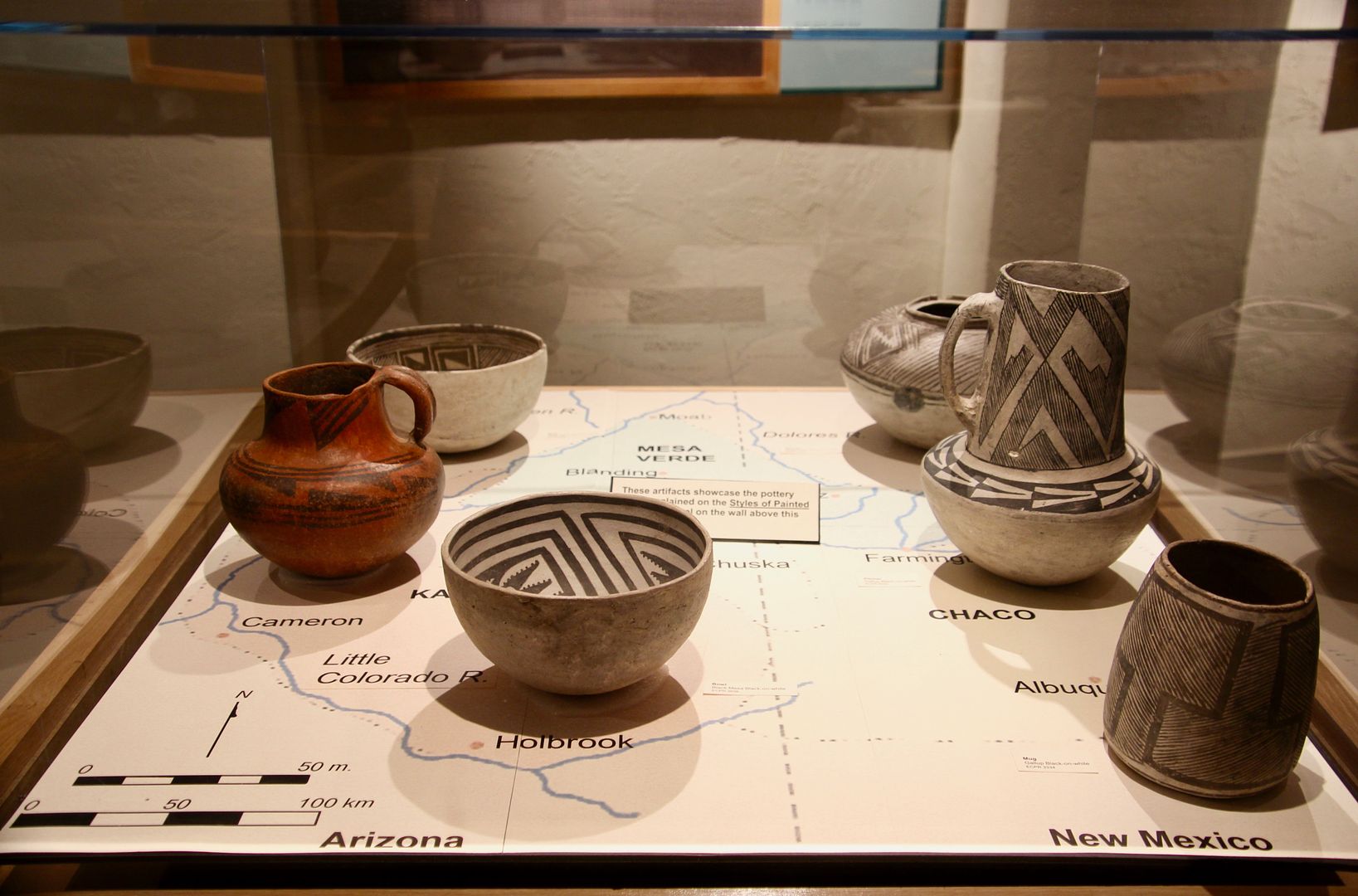
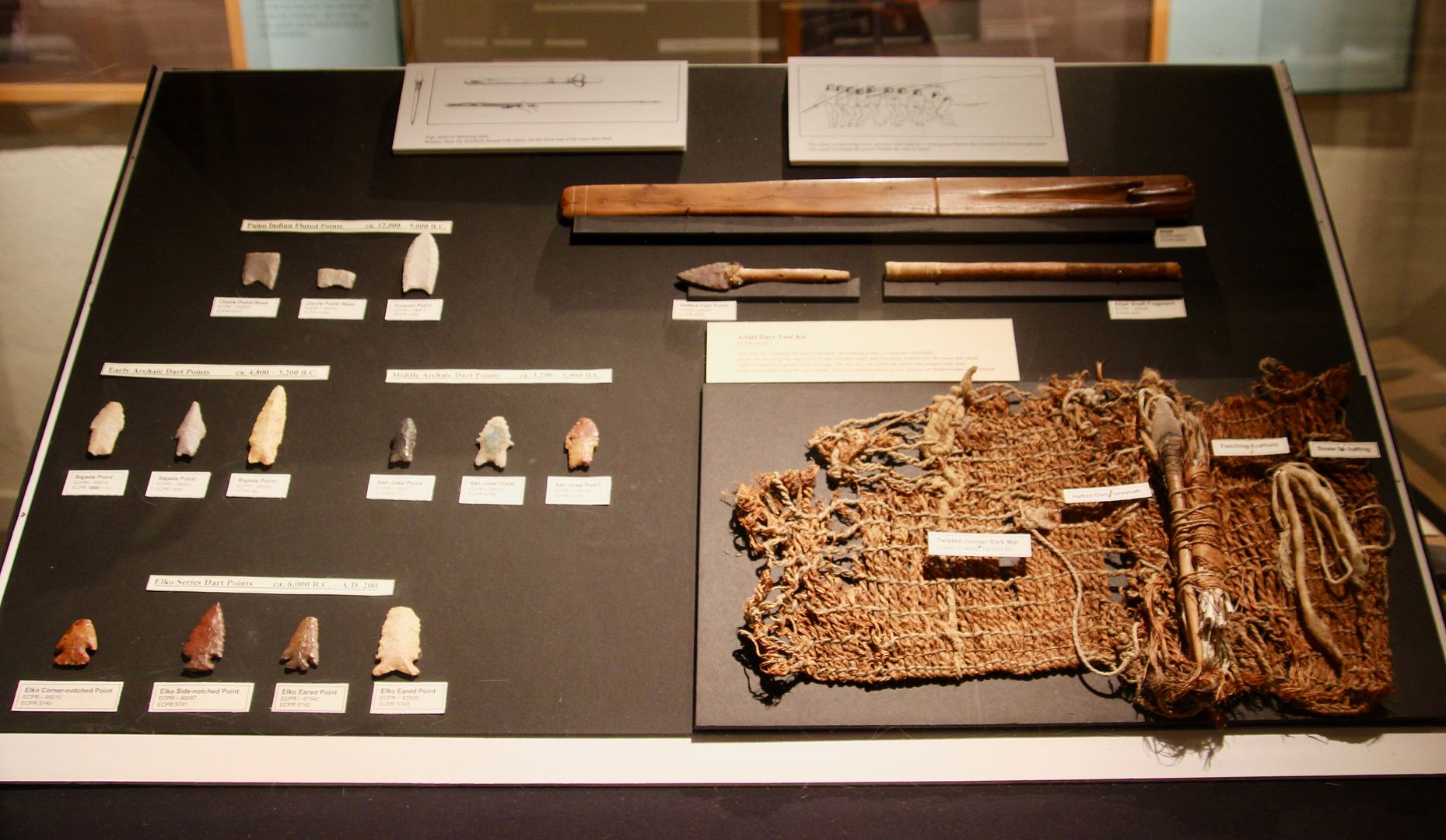
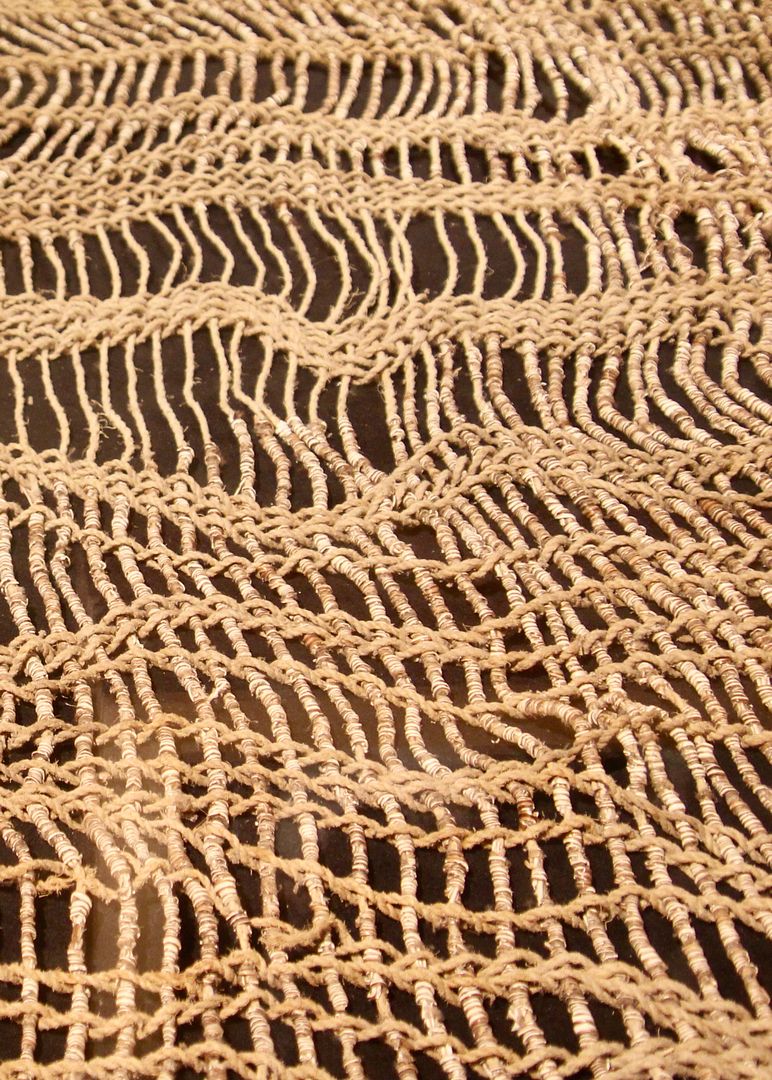


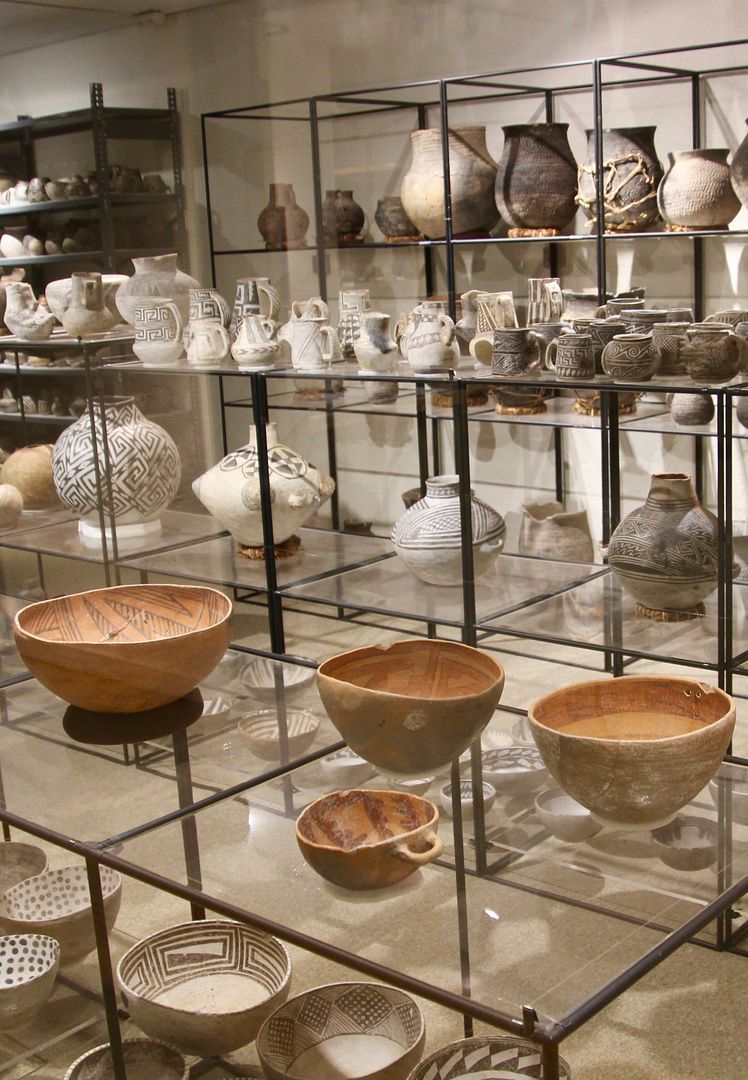
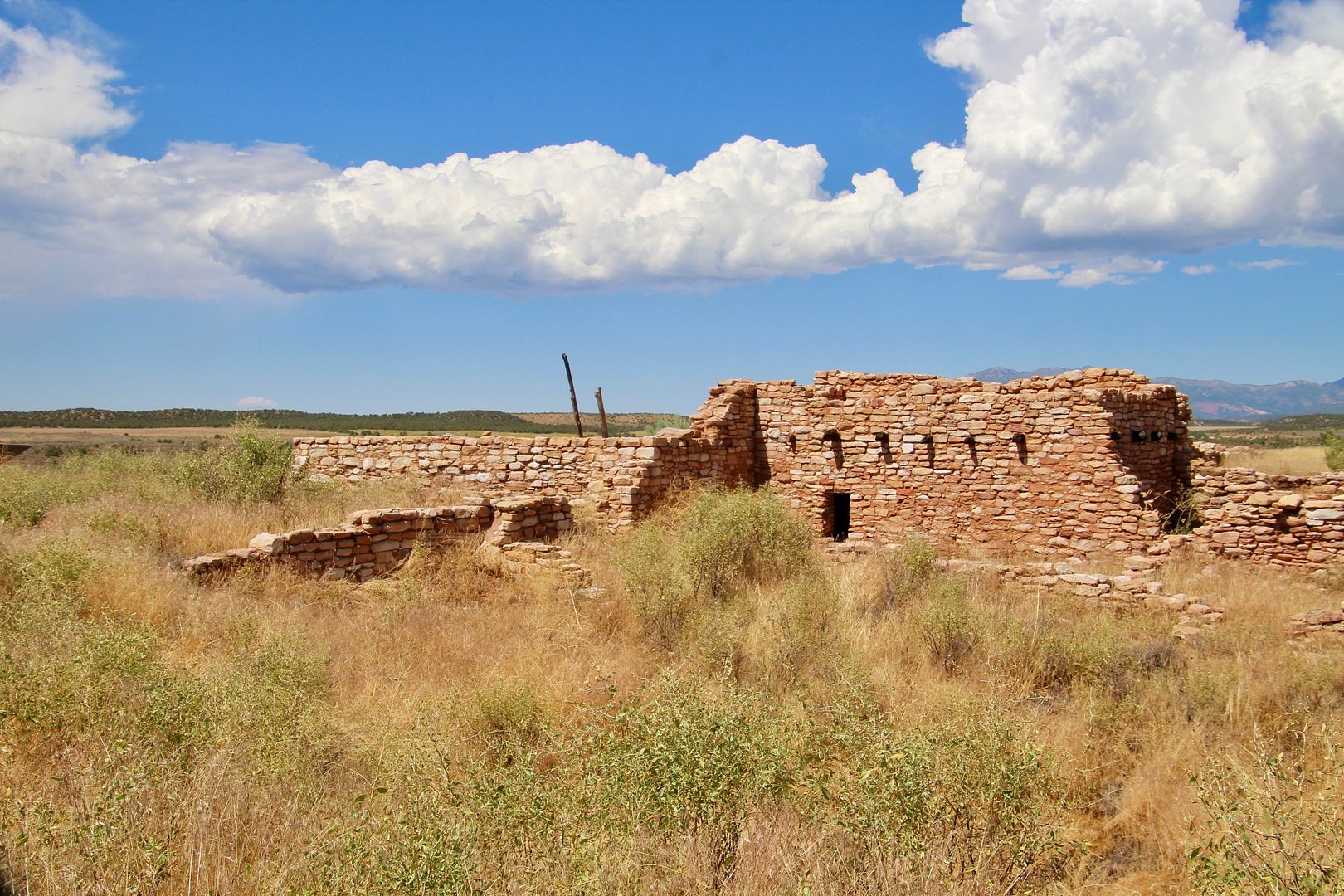
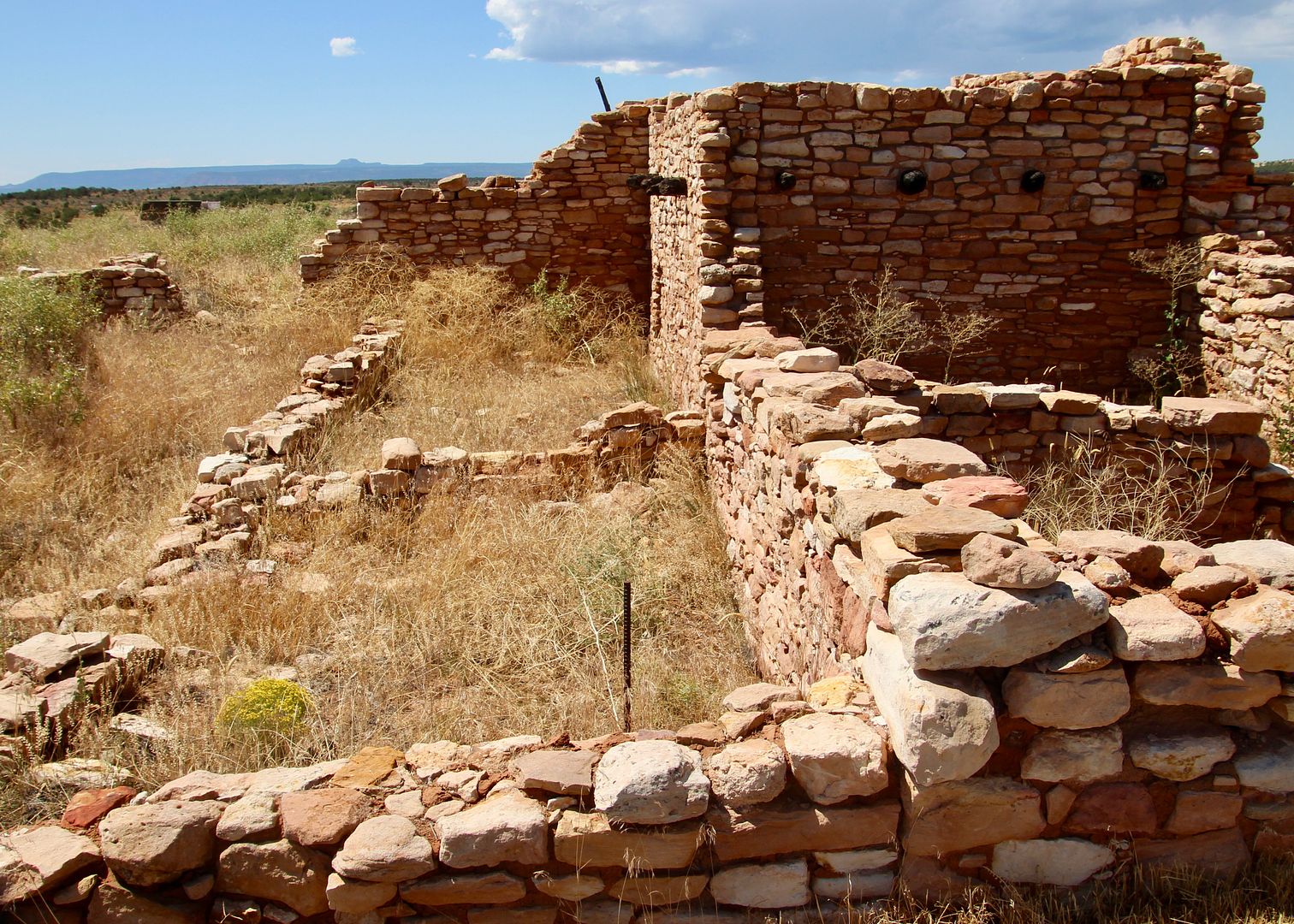
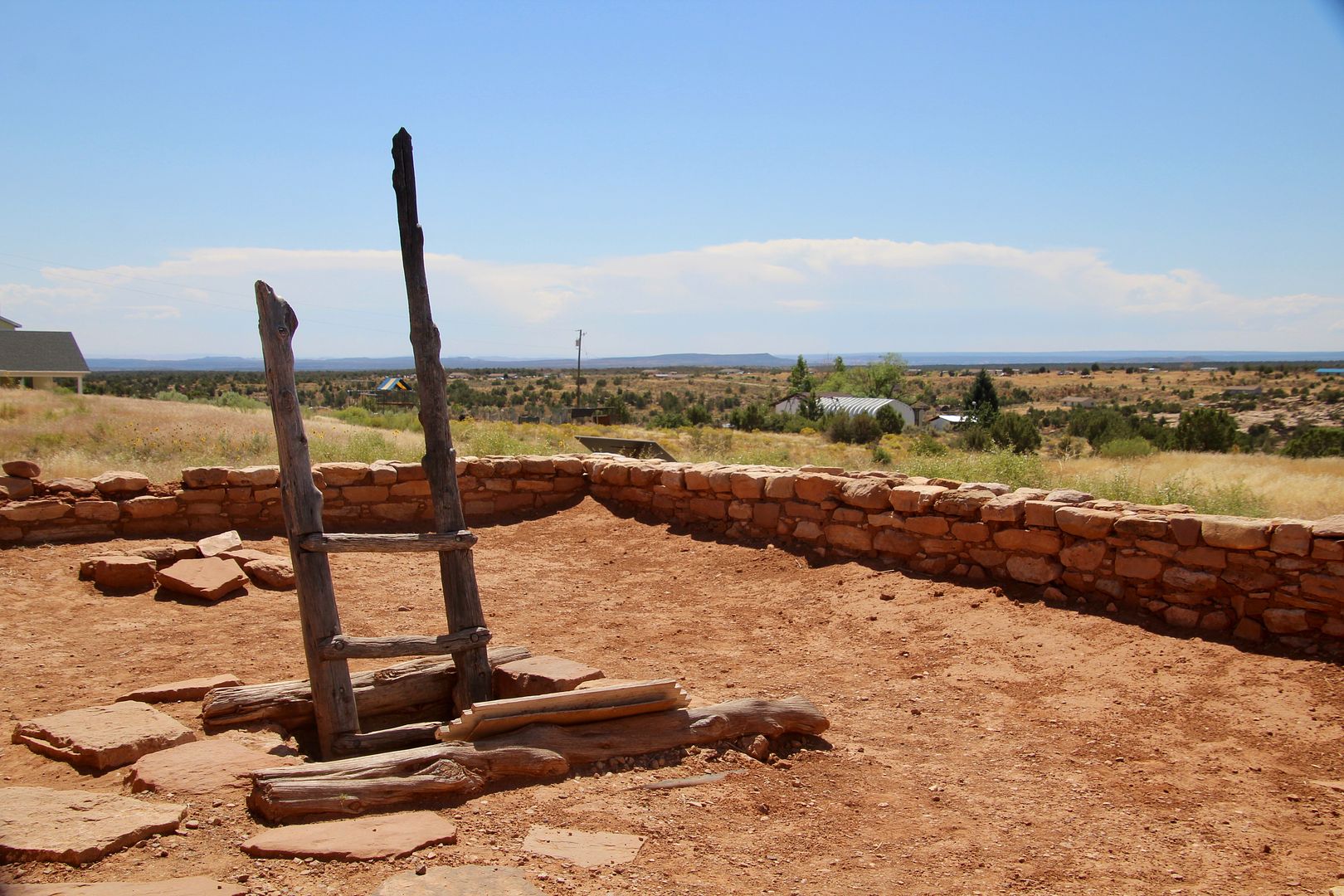
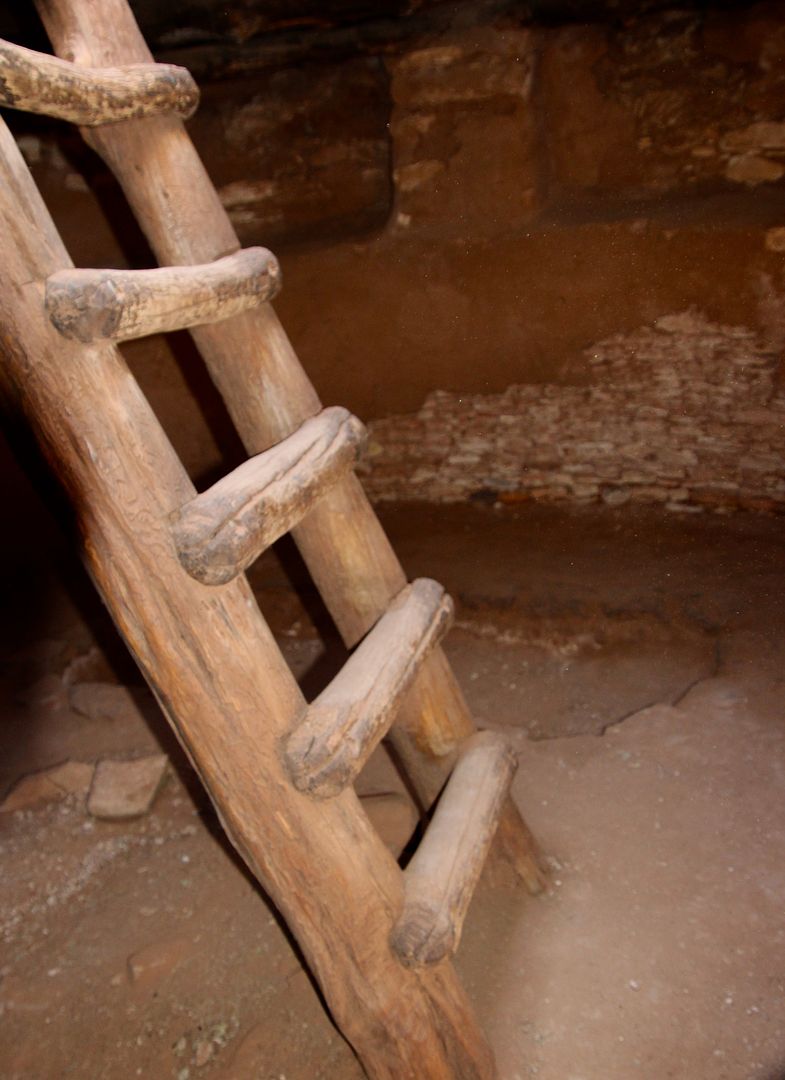


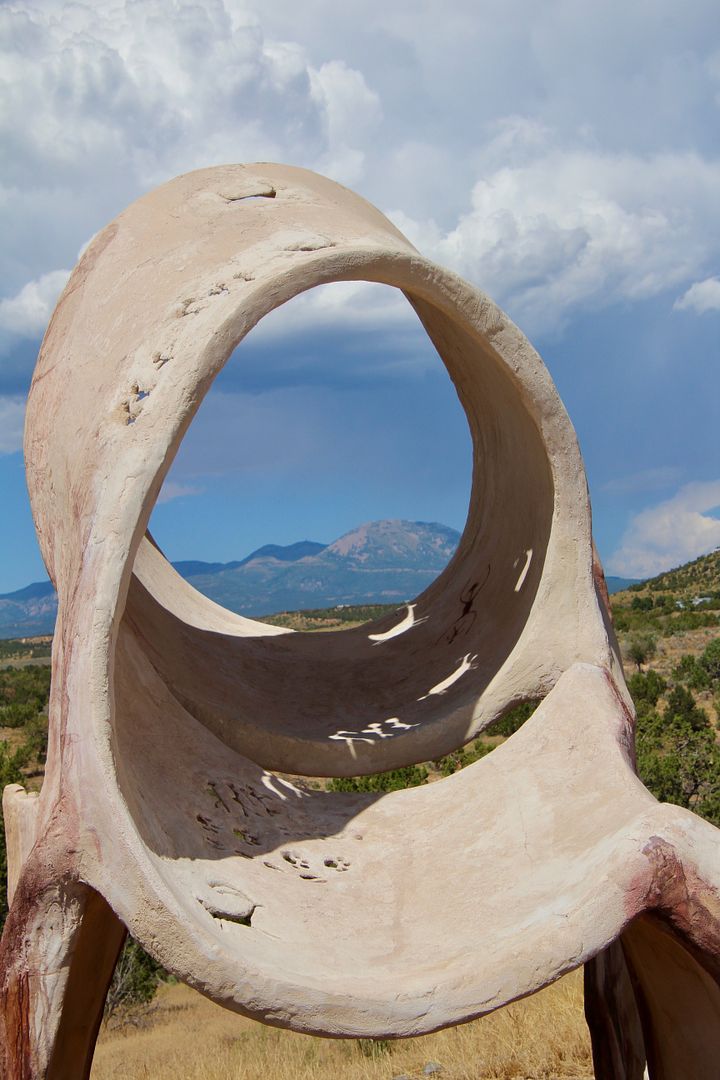
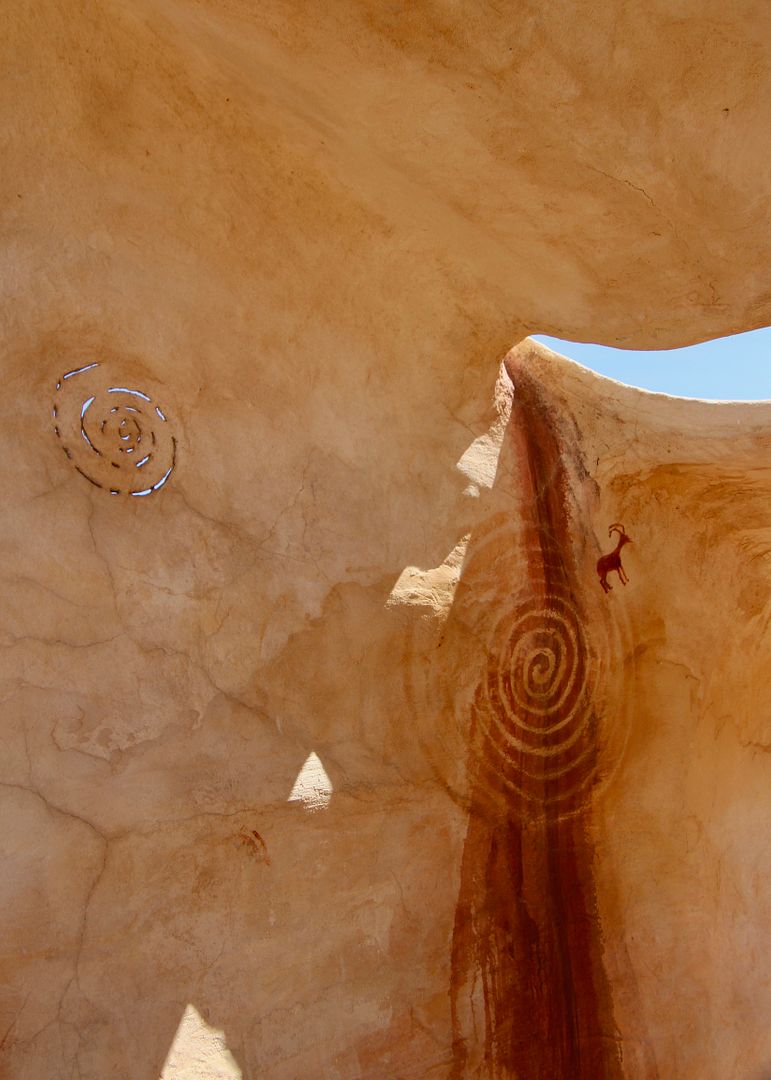
No comments:
Post a Comment